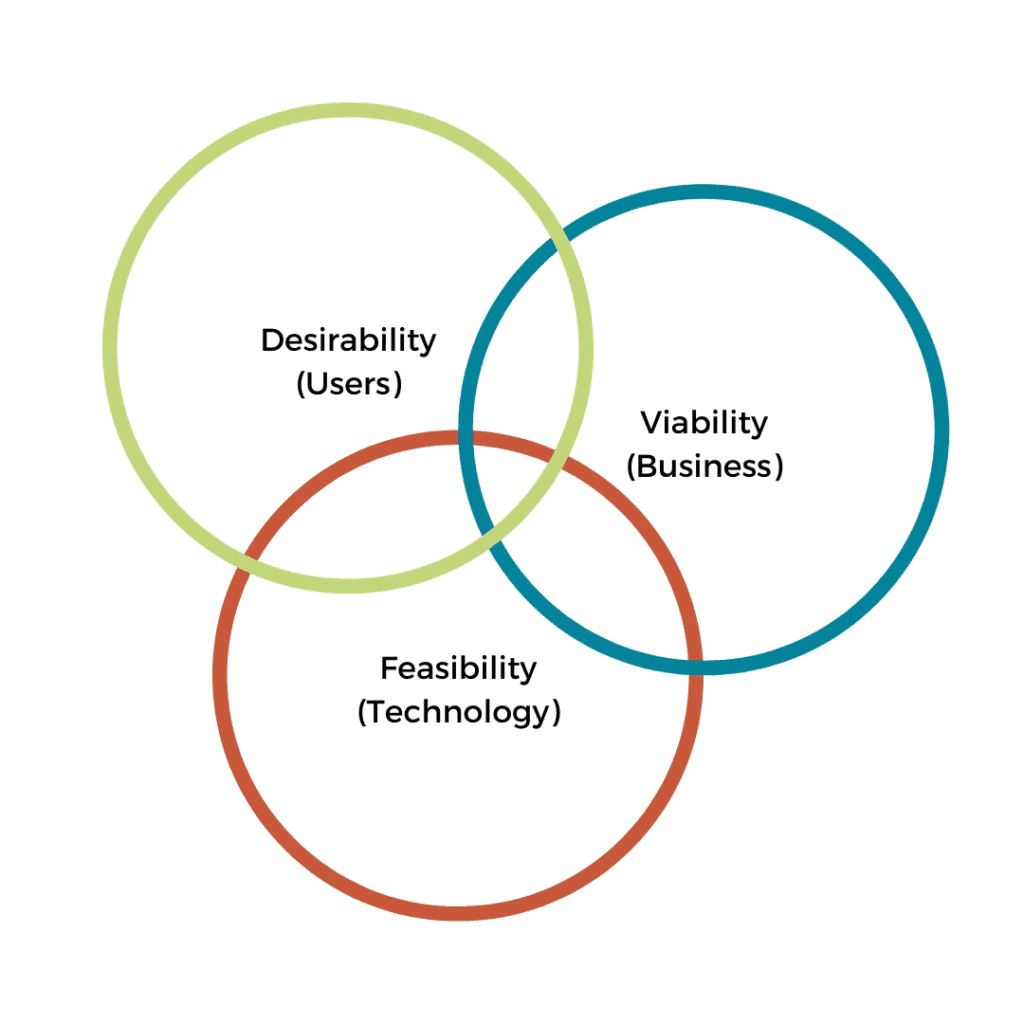Anything in the world can be innovated; also business models. In the following article, we’ll look at the basics of business model innovation. In detail, we will discuss how you can rethink old ways of making revenue. The goal here is to make them more efficient and to disrupt companies and organizations still using old models ill-suited for technological and social advancements. As the world changes, so must businesses.
Business model innovation is one of the greatest threats to big old dinosaur companies, locked up in their old ways and too big to move fast. Agile players such as startups pose major threats to such dinosaurs, despite their lack of funds and people. Get business model innovation right, and you could become the next Airbnb, Amazon, or Uber.
Business model innovation requires the skill to think creatively and see opportunities where no one else does. It’s a complex matter that demands a curious mind and an openness for exploration.
Here is an introductory webinar from The Board of Innovation that explains why business model innovation is important and how to do your own innovation to get you started:
When creating a business model, always start with thinking about what value you’re creating, delivering and capturing. Instead of asking yourself “how can I make revenue”, consider “how can I create value for my target audience”. That’s how you transform old ways of operating.
So if you are entering a market that’s already occupied by other companies, ask yourself the following questions:
- How can we solve the problem better? (create value)
- How can we capitalize on the problem better? (capture value)
- How can we be more efficient at solving the problem? (deliver value)
You can innovate on all these three aspects. Most businesses focus their energy on how to improve capturing the value, i.e. make more profit, but at least as much potential lays in the other two areas, so as a business model innovator, you should answer all three questions. That’s where you’ll find the pirate’s treasure.
Business Model Innovation: The Design Process
There are three pillars of designing your business model:

The green circle has been placed on top of the others because that’s where you need to start. Just like with any other design process, considering the users must come first. If you want to read more about design thinking and putting your user’s needs first, click here. So when designing your business model, you need to keep desirability in mind.
The steps to designing your business model go like this (further detailed in the webinar above):
- Discovery (understanding the market): Identify the job-to-be-done of your users, define the customer journey and explore the market.
- Problem Fit (validation of user problem): Identify customer pains, determine the size of the problem and the value of solving the problem.
- Solution Fit (validation of solution): Ideate multiple solutions, ideate different business models, and evaluate them.
- Market Fit (validation of business potential): Launch MVP, launch business model, and refine on the basis of feedback.
Discovery
Before you can create a business plan and determine the market fit of your solution, you need to know what the hell you want to solve. So the first step of business model innovation is to explore, investigate, and discover a problem worth solving.
One way to do that is to make it a practice to find 3 things a day that annoys you or others. It can be big or small things, things for special occasions or in your everyday life. Whenever you think “if only…”, write it down and try to turn that “if only” into reality. Thinking in terms of problems and pinpointing specific pain points every single day will give you the mindset of a disrupter and help you find real problems of real people. Keep a notebook of annoyances and challenges and once you’ve found one that really speaks to you, start generating solutions.
Another way can be to converse with people about their everyday lives. How does their daily routine look? Which challenges do they face? How could their routines be optimized or made more comfortable? How can you add value to their lives?
What’s important about the discovery phase is to stay curious, to stay open, to look beneath, and to keep exploring. Sometimes what looks like a problem is only a surface problem with the real problem hiding beneath the more obvious one, and sometimes a lifestyle is chosen because of a workaround instead of a real solution. For example, a lot of people used to take the bus in Denmark. Their problem was getting from one place to the next and the bus seemed to solve that issue. But then e-bikes were introduced to the market, and suddenly, a lot more people started biking because that option had now become available to them. For them, this was a much more valuable solution to the problem of transportation than taking the bus. But we’d never have guessed if we hadn’t dug deeper and asked people about their lifestyle and wishes.
Once you have found an area you find worth looking deeper into, try answering these questions:
- Who are key players in your market?
- How is the market likely to evolve?
- What’s the size of the market?
- What are key forces impacting the market?
These will help you conduct relevant research and get a better understanding of the market you’re entering and where the future of that market is heading. The better your understanding, the better your solution.
Problem Fit
Once you’ve identified a motivating problem, you need to figure out whether it’s a problem worth pursuing or too niche to be relevant and worthwhile.
The process of evaluating your problem involves the following steps:
- Identifying and validating user pains: What are the core challenges that your target audience is facing because of the problem you have identified?
- Estimating the size and the value of the problem: How big a deal is the problem? What would be the value of solving it? People are hesitant to make big changes unless it adds a lot of value to their lives, so compare their resistance to change with the value of your solution to find out whether your problem is a fit.
- Conducting user research: Talk to the people you’re hoping to help, ask open-ended questions, and truly listen to their answers. You can look at our program All About Research & Validation for more on the topic of user research.
On the basis of your research, you can start ideating solutions and business models that fit your target audience. When doing so, remember always to keep the value in mind: How do you create, distribute and capture value?
Solution Fit
With a proper problem to tackle, you are ready to generate ideas for a solution both in terms of the problem and in terms of a suitable business model to fulfill both the desirability of your solution and the viability.
This part of the process requires you to develop multiple solutions. Only in the rarest of cases, your first idea will be the best idea. The more ideas you generate, the higher your chances are of finding the best one.
Evaluating your solutions and your business models is a matter of user testing. Develop prototypes of your product or service and test them on real users. Develop business models and test if your target group is willing to pay what you demand.
Each solution and each business model are based upon certain assumptions you hold. For example in the case of the e-bikes, you might assume that people want to be active but might not have the muscle mass needed to use normal bikes. And you might assume that busses will stay popular because of bad weather. You need to note those assumptions down and give them a reality check by talking with real people. Your assumptions are only yours and are not necessarily true. So identify them and check if they hold true or if they’re just a result of your biases and beliefs. Knowing what you need to find out will also make your user testing a lot easier.
Market Fit
When you have tested your prototypes, you are ready to develop your MVP (Minimum Viable Product) and launch it to get real market insights. In a sense, this is just another round of user testing, although with a bit more risk of gaining a bad rep if it fails and of wasting a lot of money because this time you’re actually marketing your solution.
Just like in the last phase, this phase revolves around testing and improving on the basis of the feedback you get. Even with a launched solution and a funded startup, you can still pivot any time if needed.
If everything works well, your business starts to roll and you can focus your attention on growing and scaling your business.
That was a lot of information. The best way to understand all of it is to start doing something with it. So take your project, pirate, and give it an innovative business model. With a bit of luck, you might turn into the new Airbnb, Amazon, or Uber.


